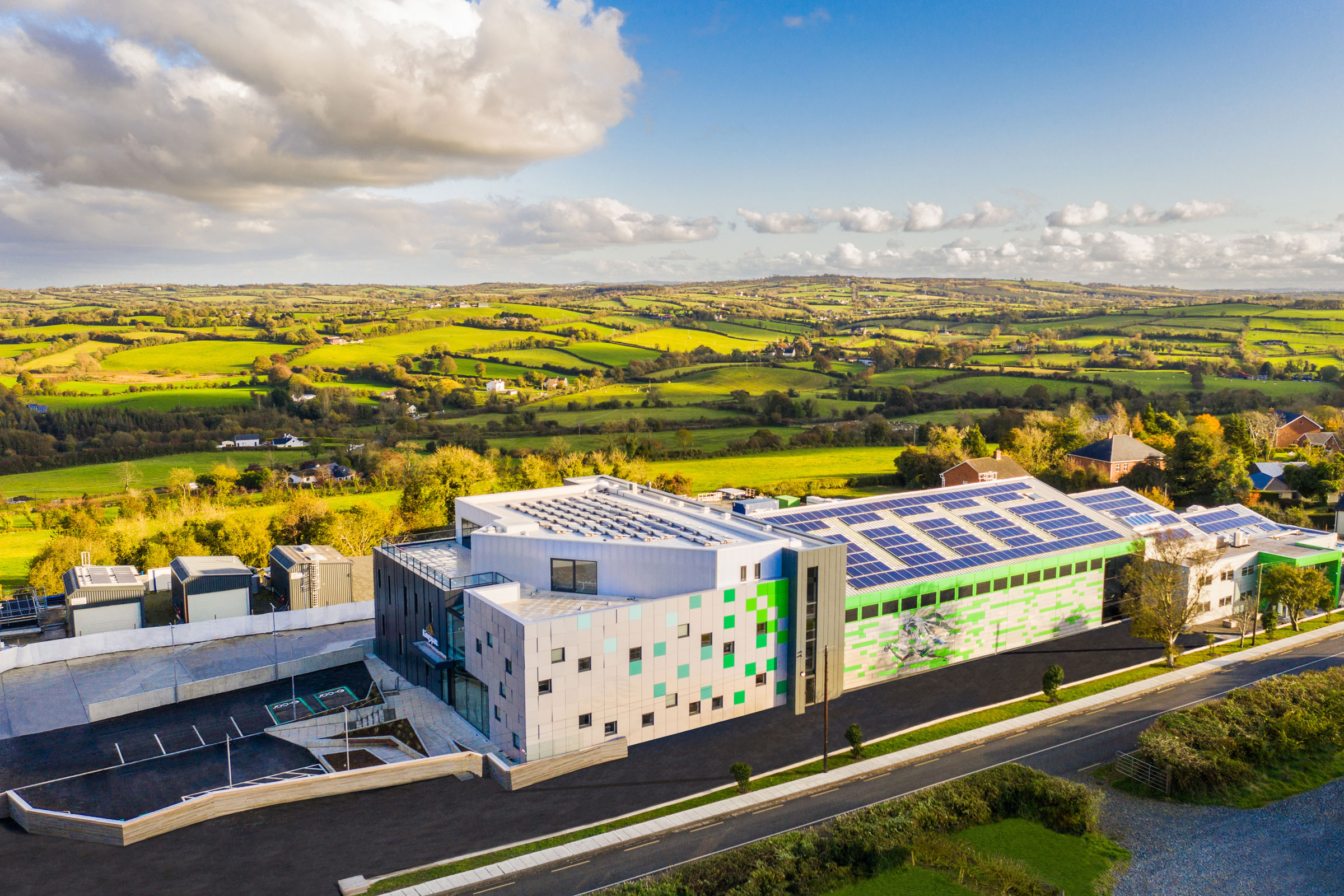Story at a glance:
- Sustainability in business refers to the strategies employed by businesses to reduce their negative environmental and social impacts.
- Businesses that practice environmental, social, and economic sustainability typically enjoy reduced operating costs, increased profits, and build better relationships with their employees, customers, and investors.
- The Kingspan Group, Geneva Rock Products, and Covestro are three businesses who have made significant strides in improving their overall sustainability.
As the effects of anthropogenic climate change worsen and the ever-growing threat of total climate catastrophe looms closer, it’s become increasingly apparent that all societal entities—especially businesses—must accelerate their efforts toward sustainability.
But what exactly does that entail? What does it mean for a business to be sustainable? As it turns out, it can mean a lot of things, as the path toward sustainability looks different depending on the business in question.
What is Sustainability in Business?

Johnson Controls, a leading producer of efficient fire, HVAC, and security systems, practices sustainability by investing in green energy and through its support of student success programs. Photo courtesy of Johnson Controls
When we talk about sustainability in business we’re referring primarily to the strategies employed by companies to increase their economic growth and longevity while also reducing their negative impact on the environment.
A business’ efforts at achieving sustainability or implementing sustainable practices is typically measured by way of environmental, social, and governance (ESG) metrics, which take into account everything from emissions and energy usage to a company’s social outreach and community development efforts.
Types of Sustainability in Business

EHDD’s redesign transforms KQED’s headquarters into a hub for civic engagement and contemporary journalism. A dynamic new entry reinforces the public media station’s commitment to transparency and accessibility. Photo courtesy of EHDD
While there are different types or categories of sustainability in business, most businesses seem to be striving for environmental (or ecological), economic, and social sustainability—a grouping often referred to as the “triple bottom line.”
- Environmental. Predictably, achieving environmental sustainability means reducing a business’ negative impact on the natural world; this is generally accomplished by taking steps to improve energy efficiency, transitioning to renewable energy, obtaining materials responsibly, and so on.
- Economic. Economic sustainability, on the other hand, refers to the implementation of certain practices—be they financial or otherwise—designed to create and support a business’ long-term financial growth and continued generation of profit without negatively impacting a community’s environmental and social aspects in the process.
- Social. Finally, social sustainability refers to the positive and negative impacts a business has on the communities it interacts or engages with—e.g. employees, the families of employees, consumers, shareholders, or anyone else that may be affected by the company’s actions; social sustainability can manifest as donations to various organizations, the provision of affordable housing, education opportunities, etc.
What Does Sustainability Mean in 2023?

Decarbonization is one of the largest sustainability trends in 2023. Photo courtesy of the Global Cement and Concrete Association
Overuse of the term “sustainability” has perhaps led to a muddying of the waters, so to speak, as to what this word actually refers to.
Currently sustainability is largely concerned with reducing the environmental impact of goods, services, and industries—in most instances, social sustainability takes second stage, though that’s not to say it’s non-existent. Some of the current trends in sustainability include:
- Circularity. More and more companies, organizations, and even cities have begun to work towards building a circular economy, or a system of production and consumption that seeks to reduce waste generation as much as possible; materials and products are reused, recycled, reclaimed, refurbished, and leased for as long as is feasible.
- Decarbonization. In response to the worsening effects of anthropogenic climate change, more industries and businesses have begun working to decarbonize their operations, with many aiming for net-zero carbon status.
- Green Energy. With global humanitarian crises causing fossil-fuel prices to rise, the push for green energy has been renewed, with more corporations and countries looking to adopt clean energy technology and make the switch over to renewable energy sources to facilitate greater energy security.
- Scope 3 Emissions. Over the last decade or so most countries have made it mandatory for businesses to report on their scope 1 and 2 emissions, or those GHG emissions that they have direct control over; recently, however, the focus has turned to reducing scope 3 emissions (indirect emissions from consumers and supply-chain partners), as curbing these emissions is crucial if we hope to reach those goals laid out by the Paris Agreement on time.
While not an exhaustive breakdown of 2023’s sustainability trends, these points do represent the most common goals sustainability-minded businesses are setting for themselves.
Why is Sustainability Important?
Sustainability in business is important because it helps address and reduce the negative impacts of businesses on both the environment as a whole and at the societal or community level.
In order to address, adapt to, and eventually reverse the worst effects of anthropogenic climate change, all businesses must take measures to improve their ESG metrics, curb their carbon emissions, and reduce waste production—all while ensuring their employees and the communities they’re embedded in benefit from the profits they make.
Benefits of Sustainability in Business

Geneva Rock Products’ fleet of CNG mixers helps the company save money and reduce its GHG emissions. Photo courtesy of Geneva Rock
Let’s explore more of the direct benefits that come with achieving sustainability in the business sector.
Reduce Costs & Increase Profits
Implementing sustainability strategies—particularly those related to improving energy efficiency—can help businesses consume less electricity and reduce their overall operating costs. Sustainability can also help businesses increase their profits, as companies with high ESG ratings typically have lower equity costs, lower debt, and often outperform their market competitors in the medium- and long-term.
Attract Employees & Investors
In our contemporary world more employees are prioritizing employment with companies who have demonstrated a commitment toward sustainability, especially when it comes to environmental sustainability. Adopting sustainable business strategies can help businesses help driven, talented employees who share a similar vision and actually believe in the company’s goals.
Similarly, sustainable businesses with reduced operating costs and increased profits tend to attract investors. Adopting sustainable practices can also help reduce risk, as your business is less likely to become caught up in lawsuits or scandals—something shareholders will undeniably appreciate.
Improved Brand Reputation & Public Image
Working to improve sustainability also helps improve brand reputation and draw in customers, as more consumers are making buying decisions based on their personal, social, and environmental values. Approximately 66% of US consumers prefer to purchase goods and services from sustainability-minded companies, according to a recent survey conducted by the GreenPrint.
Companies and businesses capable of demonstrating their commitment to continued sustainable operation are more likely to cultivate and retain a favorable public image and reputation amongst their customers and investors.
Compliance With Regulations
As we begin to better understand the negative impact of certain materials, chemicals, and practices on the environment and human health at large, government regulations are becoming increasingly influenced by the UN Sustainable Development Goals, especially with regard to energy use and emissions. Adopting and integrating sustainable business strategies early on can help companies and corporations stay ahead of their competitors and meet these evolving regulatory requirements head-on.
Reduce Waste & Carbon Emissions
Businesses that practice comprehensive sustainability strategies also tend to produce less waste and fewer carbon emissions than those that don’t, and reaching net-zero carbon status is often one of the primary goals for companies looking to improve their operational sustainability.
Recycling initiatives and carbon reduction strategies—particularly those that focus on increasing renewable energy production—can also help businesses qualify for certain tax benefits.
Challenges With Sustainability in Business

Some sustainable business strategies and solutions—such as the installation of solar panels and other renewable energy sources—can be an expensive barrier to overcome. Photo by Chad Holder
Actually achieving sustainability in business, however, is easier said than done—indeed, there are a number of challenges that may impede a business’ efforts towards sustainability, including:
Higher Upfront Costs
While it’s true that sustainable businesses may see reduced costs in the long term, the implementation of sustainable business practices often requires higher upfront investments—something smaller businesses may not be able to afford. Fortunately, there are a growing number of government programs that can help small-to-medium sized businesses fund certain sustainability goals or which provide tax incentives/credits for adopting renewable energy or carbon reduction strategies.
Lack of Tools & Expertise
One of the most common challenges barring businesses from achieving meaningful sustainability goals is the lack of tools and expertise needed to actually plan and enact those solutions. This can, however, be mitigated in part by hiring a sustainability consultant—that is, a professional who specializes in advising businesses on sustainability initiatives and methods—to help identify areas of improvement and develop strategies for improving social and environmental sustainability.
Greenwashing
In an attempt to cash-in on the rise in demand for sustainable, environmentally- riendly products and services, many businesses have adopted surface-level strategies associated with sustainability as a means to attract consumers without actually making radical changes to their business practices.
This unscrupulous strategy is typically referred to as greenwashing and describes the process by which businesses convey false or misleading information as to the positive impact of their goods or services. Businesses engaged in greenwashing generally spend more time, energy, and money on marketing themselves as sustainable rather than actually working to reduce their negative environmental impact.
To help protect consumers against greenwashing legislative bodies around the world have started passing laws and regulations requiring companies to back up their claims with strict substantiation requirements.
How to Create a Sustainable Business Strategy

Photo courtesy of Sage
While there is no one-size-fits-all blueprint for creating a sustainable business, there are a few steps that any company can take to plan and develop a successful sustainable business model.
1. Identify Problem Areas
The first step in forming a sustainable business strategy is examining your current business model and identifying problem areas or those areas with room for improvement. By doing so you’ll have a better understanding of the impact your company currently has on the environment and community, which in turn informs where to focus your energy moving forward.
2. Communicate With Employees, Stakeholders, and Community Members
When creating a sustainable business strategy it’s important to involve the right people—and shareholders can often offer valuable information as to the needs of a community or provide insight into how to go about enacting meaningful change without compromising the business itself.
It’s also a good idea to involve employees in this process as employees are likely to be directly involved in implementing the strategies you decide on and so should be involved from the outset. As people who not only work for the company itself but also live in the community, employees often have valuable insight into which sustainability issues should be addressed.
If possible it also benefits to communicate with other community members with no direct affiliation with the company, as these people may be able to highlight certain concerns or suggest potential outreach opportunities that are outside of your company’s radar.
3. Set Realistic Expectations
Now that all relevant parties have been consulted, your business can start setting goals that align with the agreed-upon sustainability strategy. These goals should be specific, realistically attainable, and aim to remedy the most important problem areas identified in steps one and two.
For the sake of accountability and record-keeping, it is recommended that businesses prioritize goals that can be easily tracked (e.g. reducing annual carbon emissions by x amount).
4. Create a Sustainability Plan
After your business has agreed upon and set realistic goals or company changes, it’s time to actually create a sustainability plan with concrete actionable steps, a budget, and a realistic timeline to see them through. This is often the most complicated part of the process and one that won’t look the same for each business. For that reason many companies bring on a sustainability consultant.
5. Monitor & Track Your Progress
Once you’ve started taking definitive steps to improve your company’s overall sustainability, be sure to carefully monitor your progress to ensure you’re on track to meet your business goals. Over time this can help determine whether or not certain goals and strategies are actually realistic or if they should be reevaluated and adjusted.
Keeping track of your business’ progress towards sustainability—and making these records public—also helps reassure stakeholders, employees, and customers that you’re actually making an effort to achieve the goals you set out to meet.
Examples of Sustainability in Business
Let’s take a look at a few companies that have successfully implemented sustainable practices as core components of their business strategies:
Kingspan Light + Air & Solatube
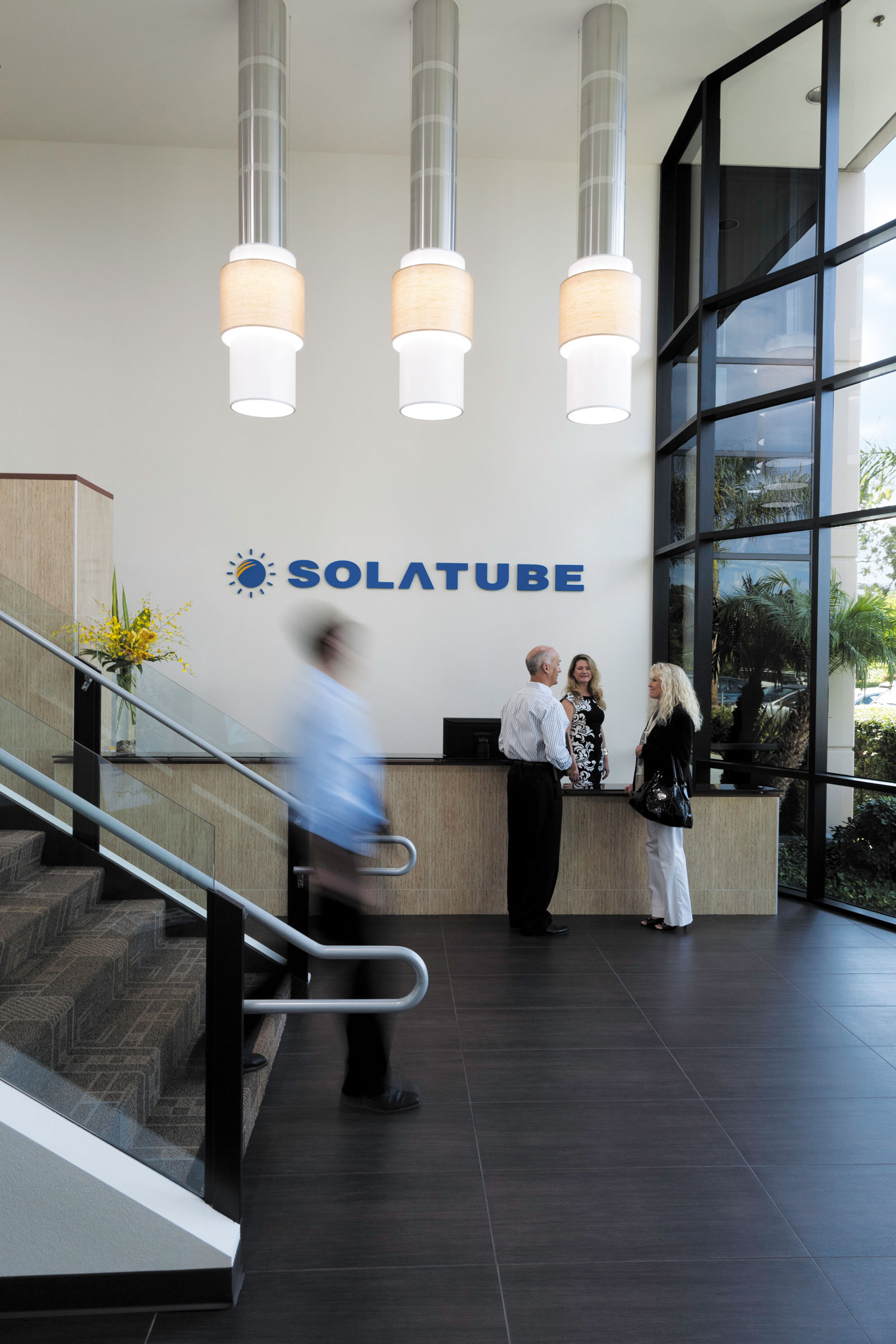
Both Solatube and Kingspan Light + Air follow the Kingspan Group’s high sustainability standards. Photo courtesy of Solatube International
Founded in 1965 the Kingspan Group—which includes both Kingspan Light + Air and Solatube—has provided architectural projects around the world with innovative insulation, daylighting, and natural ventilation solutions.
With more than 100 manufacturing sites the Kingspan Group is known within the industry for its high sustainability standards and carbon reduction goals. “We take the stewardship of the environment very seriously,” Neall Digert, vice president of innovation and market development for Kingspan Light + Air in North America, previously told gb&d. “It’s not only creating energy-efficient products that help architects create low-carbon, efficient buildings, but it drives how we make our financial decisions every day. It really guides what initiatives we choose and what product development occurs.”
In 2019 the Kingspan Group achieved its goal of becoming a net-zero energy company and has since set a goal for both net-zero carbon manufacturing and zero landfill waste production by the year 2030. In 2022 the company reduced its scope 1 and 2 GHG emissions by 26% and increased its renewable energy usage to 33.4%.
The group’s commitment to sustainable business operations is exemplified by Solatube’s headquarters. “When you walk into the building it is clear the business operates differently than the traditional architectural product company,” Digert says. “The first thing you’ll notice is there are no electric lights on. We are fully daylit for 90% of the occupied day throughout the year. Wherever people are working, they are working under the perfect light source all the time.”
Covestro
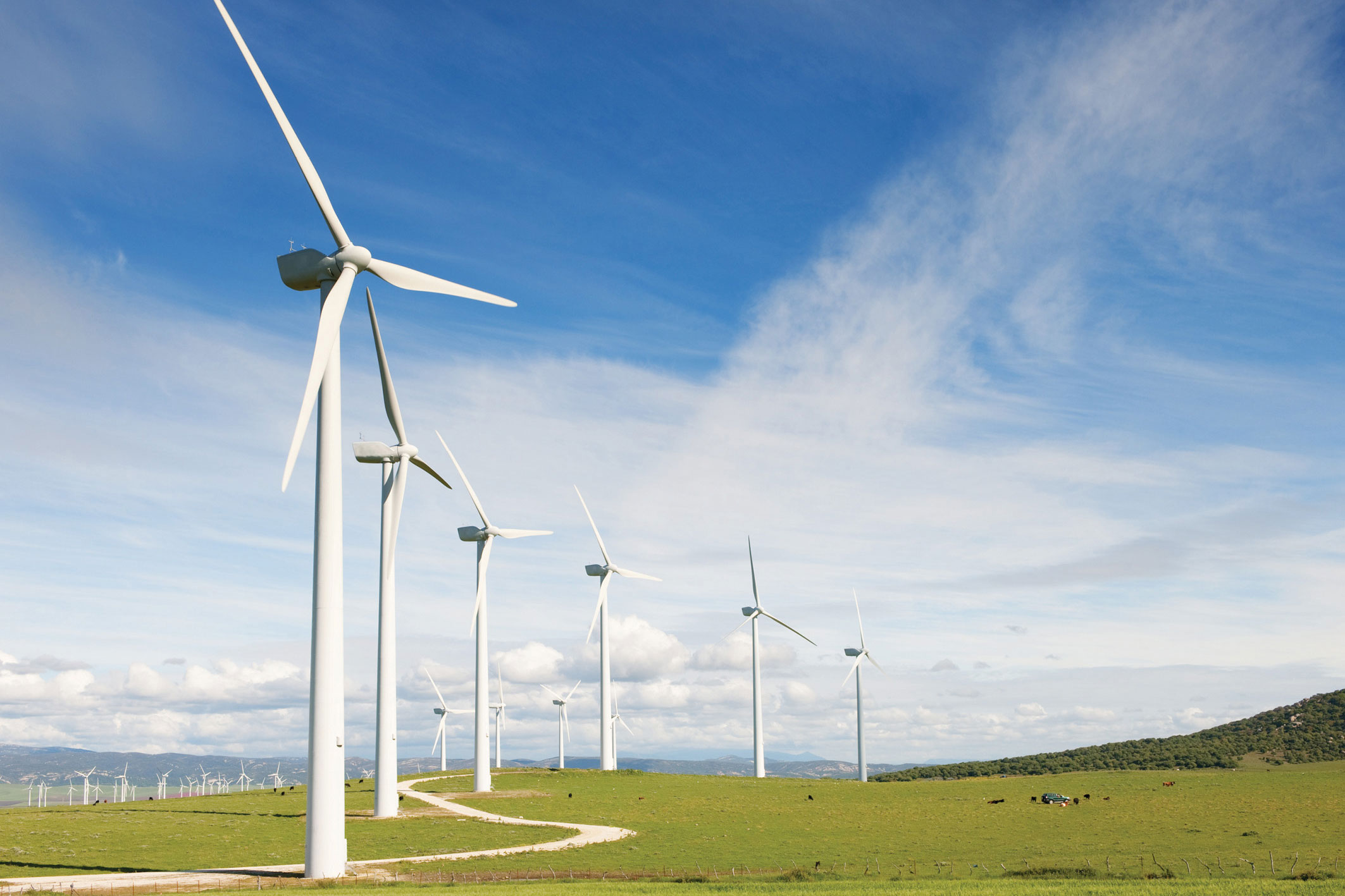
Covestro is a leading producer of sustainable polyurethane and polycarbonate raw materials. Image courtesy of Covestro
Covestro is one of the leading producers of polyurethane and polycarbonate raw materials. And while plastic is widely regarded as one of the most unsustainable materials on the planet, the company has put an admirable amount of effort into reducing its environmental impact.
“There are significant changes afoot today in the plastics industry that are already changing the way we do business,” Richard Skorpenske, head of sustainability and public affairs at Covestro, previously wrote for gb&dPRO. “The two main ways our industry has been able to move the needle are in changing the kind of energy we consume and changing the sources for our raw materials.”
In 2020 Covestro announced its plan to become fully circular with regard to all aspects of its operation, as well as the ambitious goal of becoming fully climate- and carbon-neutral by 2035. Most of Covestro’s facilities around the world are in the process of transitioning to renewable energy and the company has recently started experimenting with plant biomass for organic chemical extraction and carbon dioxide harvesting for feedstock purposes. Together these technological innovations will allow Covestro to produce net-zero emission plastics that are designed from the outset to be recyclable.
Covestro has also made significant strides to achieve social sustainability, as evidenced by their partnering with the University of Pittsburgh to develop the Covestro Circular Economy Program, the first graduate program in the US. focused on circular economy design solutions to minimize waste production. This program helps graduate students develop problem-solving skills by allowing them to experience and interact with sustainability initiatives in the community.
Geneva Rock Products
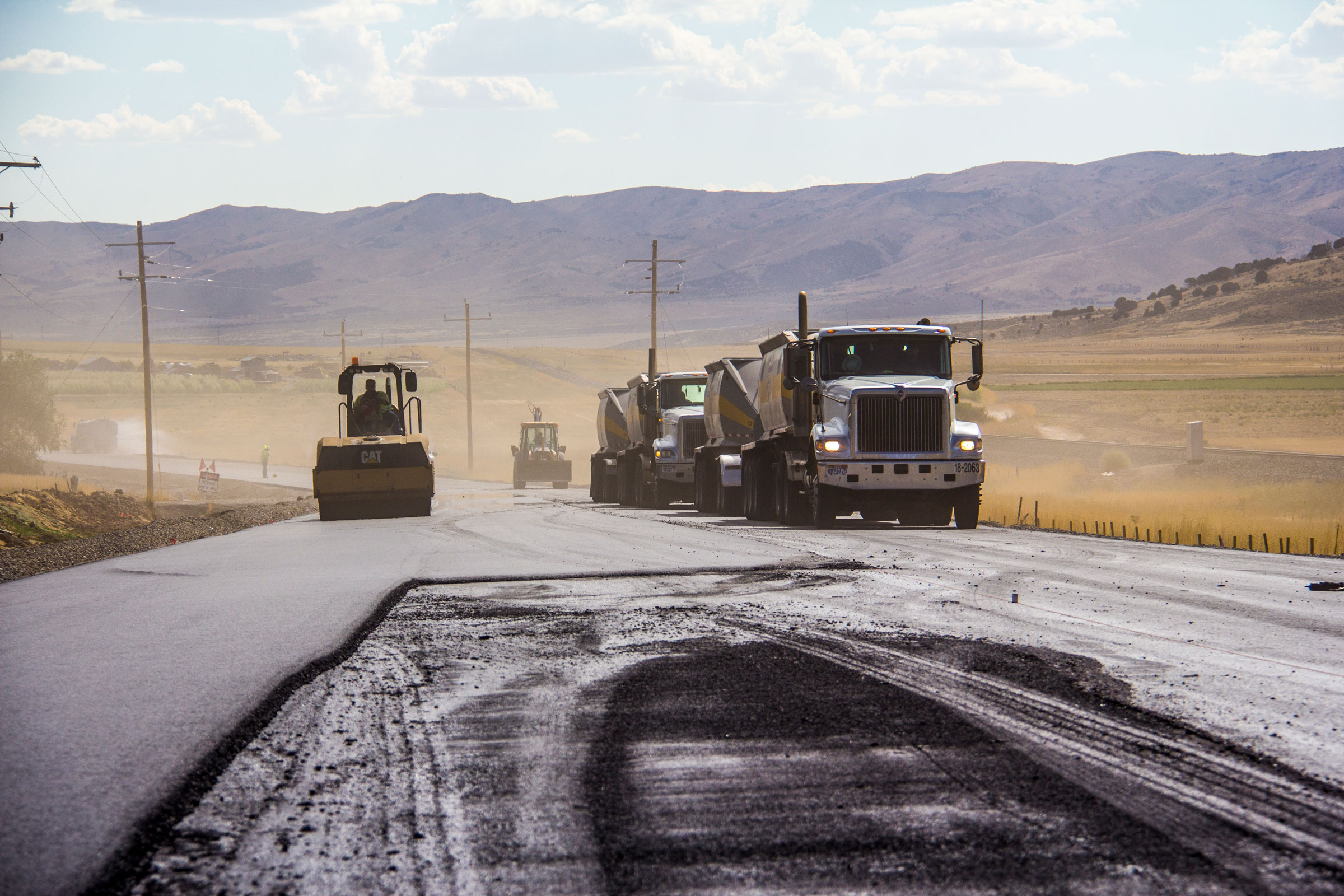
Photo courtesy of Geneva Rock Products
Founded in 1954 Geneva Rock Products (GRP) is Utah’s largest concrete, construction, and asphalt paving company. Their mission is grounded in sustainable operation and community-building, which stems in part from the business being locally owned.
To help reduce its carbon emissions GRP has invested more than $8 million in a Compressed Natural Gas (CNG) fueling station and a fleet of 25 CNG concrete trucks. “The new cleaner running CNG fleet has significantly lower emissions than its diesel counterparts: 50% less fine particulate matter and 90% less carbon monoxide,” Nathan Schellenberg, vice president of specialty construction at Geneva Rock Products, previously wrote for gb&dPRO. “The impact of this investment is the equivalent of removing 8,000 cars per year from Utah roads.”
GRP also recycles all of its waste material to be reused in future products, preventing approximately 1 million tons of concrete, asphalt, and other aggregates from entering landfills each year. A filter press helps the company recycle and reuse roughly 1.7 billion gallons of water annually.
To help foster social sustainability Geneva Rock Products sources all of their materials from local mines, helping to create jobs and reduce transportation distances, which in turn reduces traffic and wear on roads.
“At Geneva Rock we believe it is possible to achieve sustainable development, and we are committed to taking the necessary steps to make it a reality. Being socially responsible is not just a commitment to our employees but also to the communities we serve,” writes Schellenberg. “As populations grow and infrastructure ages, it is up to those of us in the building community to produce sustainable solutions that consider not only the well-being of our current neighbors but also the well-being of future generations.”
The Future of Sustainability in Business
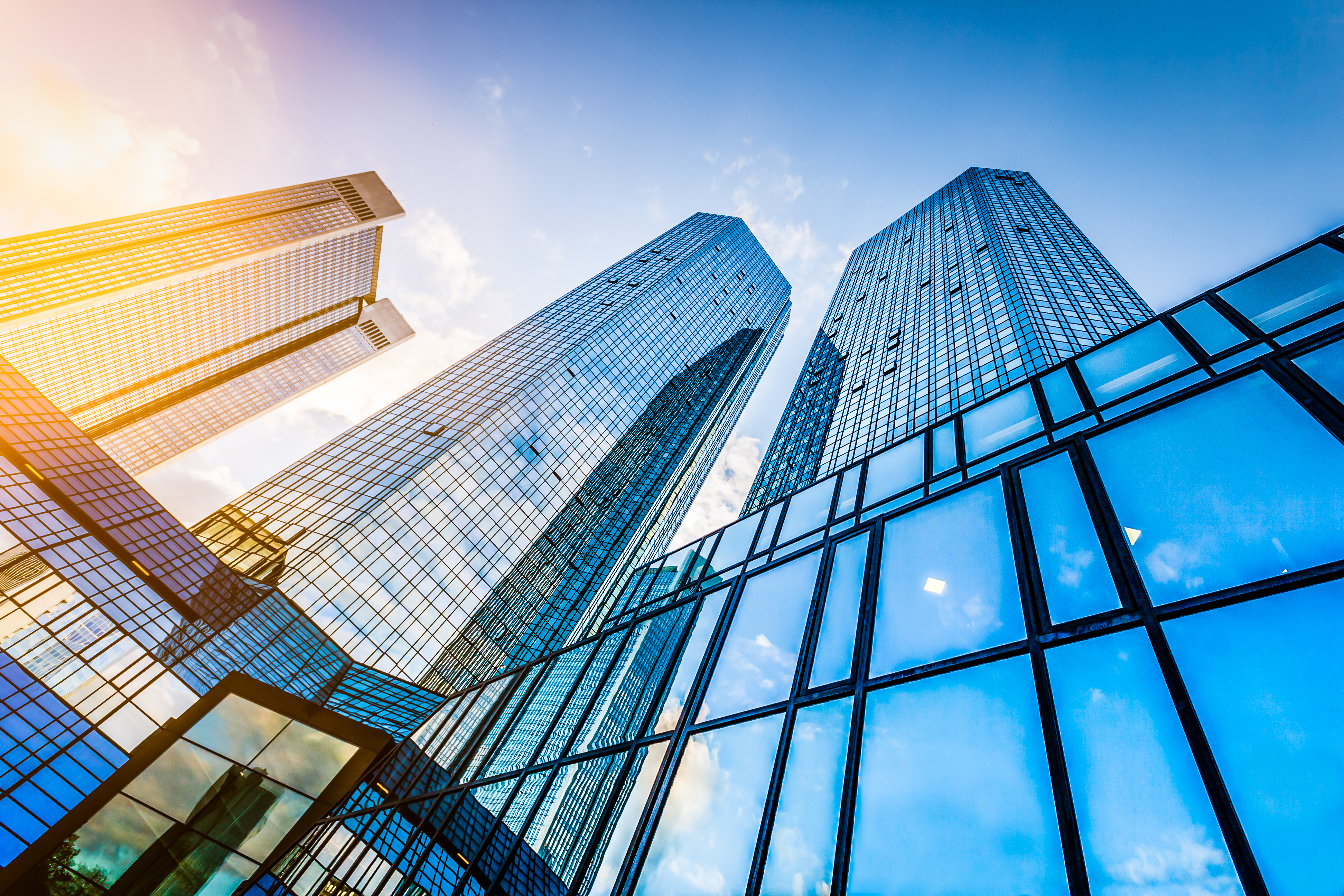
Photo courtesy of ICC, Getty Images
As the language, technology, and attitudes associated with sustainability continue to evolve, it stands to reason that the business sector will continue to adopt new strategies to reduce their negative environmental and social impacts. In the coming years we’ll likely see an even greater focus on reducing scope 3 emissions, a more widespread adoption of renewable energy sources, and an increasing number of market players striving for carbon neutrality or negativity.
In its current form sustainability in business is helping to slow the speed at which we are approaching climate catastrophe, but it’s not on track to actively enable the drastic changes needed to stop the crisis altogether. To do that businesses must take it upon themselves to transform the current market, shifting it away from the endless “take, make, discard” method of consumption and toward the circular model that prioritizes a highly integrated system of recycle and reuse.

